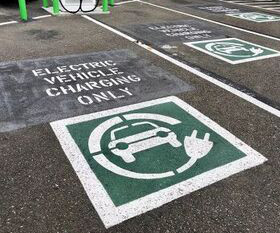ARPA-E awards $32M to 10 new projects to improve connected and automated vehicle efficiency
Green Car Congress
NOVEMBER 3, 2016
Connected and automated vehicle (CAV) technology utilizes on-board or cloud-based sensors, data and computational capabilities to help a vehicle better process and react to its surrounding environment. Currently, CAV technologies predominantly improve upon vehicle safety and add driving convenience. The Pennsylvania State University.












Let's personalize your content